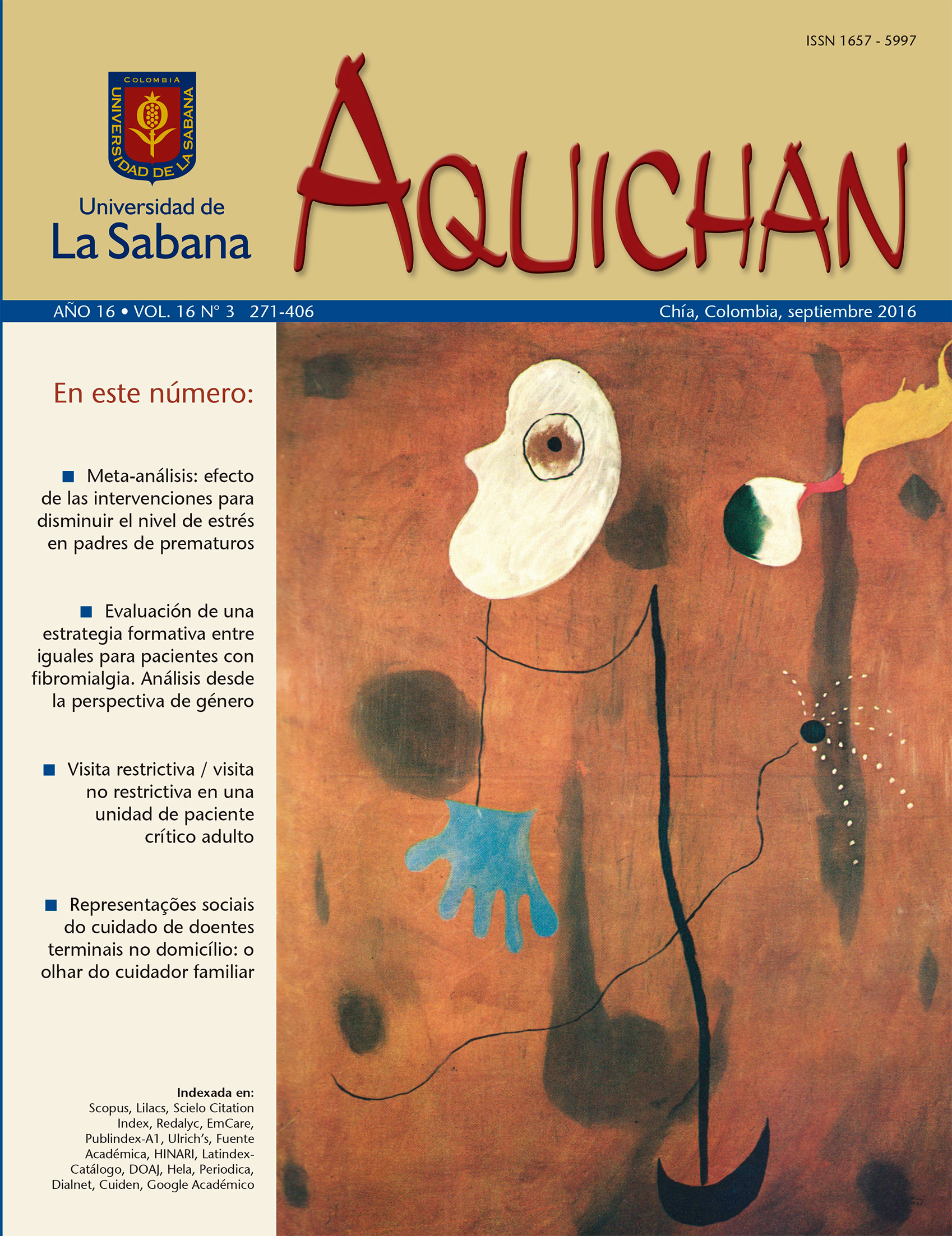Using Concept Maps: Results with Different Teaching and Learning Methods
Keywords:
Nursing Education, Learning, Nursing, Teaching (Source, DeCS, Bireme).Abstract
Objective: To analyze the results of a teaching intervention that uses a traditional method to develop the concept of postoperativewound complications in the undergraduate nursing program. Method: Qualitative, quasi-experimental analysis implemented through ateaching intervention for students from the undergraduate nursing program. Data collection was in two stages and students were randomlydivided into subgroups I and II. To facilitate data collection, students created concept maps with the Cmap Tools® software. Theresearchers used the content analysis method to analyze the data, identifying 12 categories. Results: Subgroup II showed positive resultscompared to Subgroup I, since the association of the two teaching methods using the CM technique could promote the ability to articulatethe concepts developed with previous knowledge. Conclusion: The researchers found that associating the teaching intervention basedon the Meaningful Learning Theory to the traditional method and using CM encourages the good performance of students in the teachinglearningprocess.Downloads
Download data is not yet available.
Published
2016-05-31
How to Cite
de Souza Rego Pinto Carvalho, D. P., Fortes Vitor, A., Barichello, E., Alves de Villar, R. L., Pereira Santos, V. E., & Ferreira Júnior, M. A. (2016). Using Concept Maps: Results with Different Teaching and Learning Methods. Aquichan, 16(3), 391. Retrieved from https://aquichan.unisabana.edu.co/index.php/aquichan/article/view/382
Issue
Section
Articles
License
1. Proposed Policy for Journals That Offer Open Access
Authors who publish with this journal agree to the following terms:
- The journal and its papers are published with the Creative Commons License Attribution-NonCommercial-NoDerivatives 4.0 International (CC BY-NC-ND 4.0). You are free to share copy and redistribute the material in any medium or format if you: give appropriate credit, provide a link to the license, and indicate if changes were made; don’t use our material for commercial purposes; don’t remix, transform, or build upon the material.





